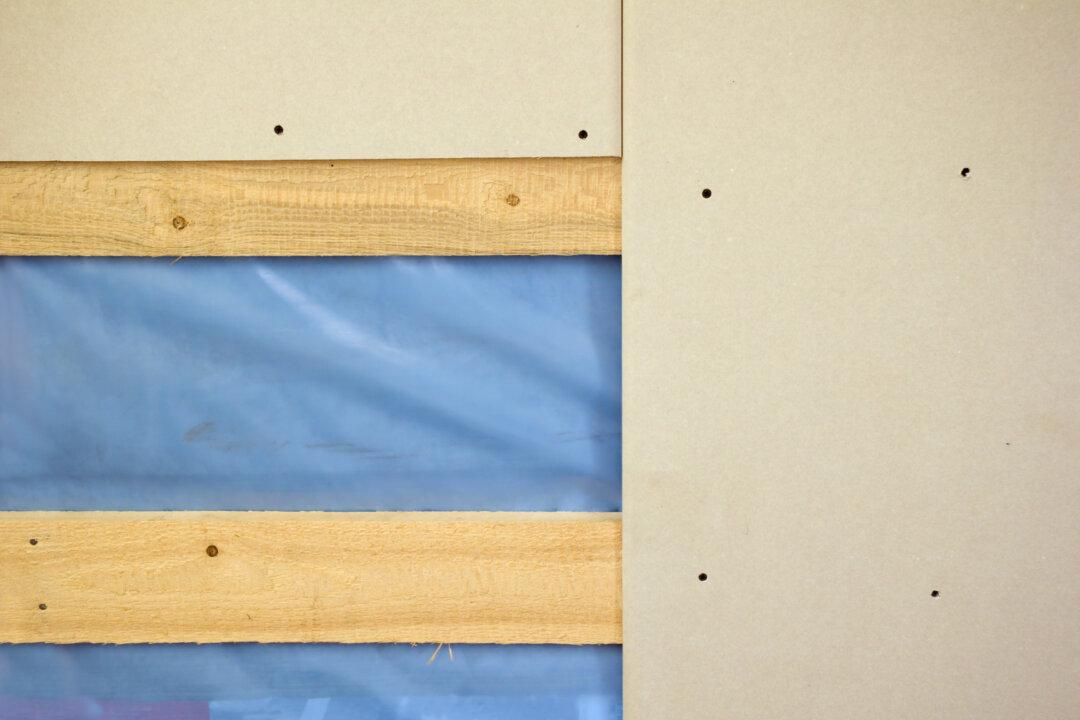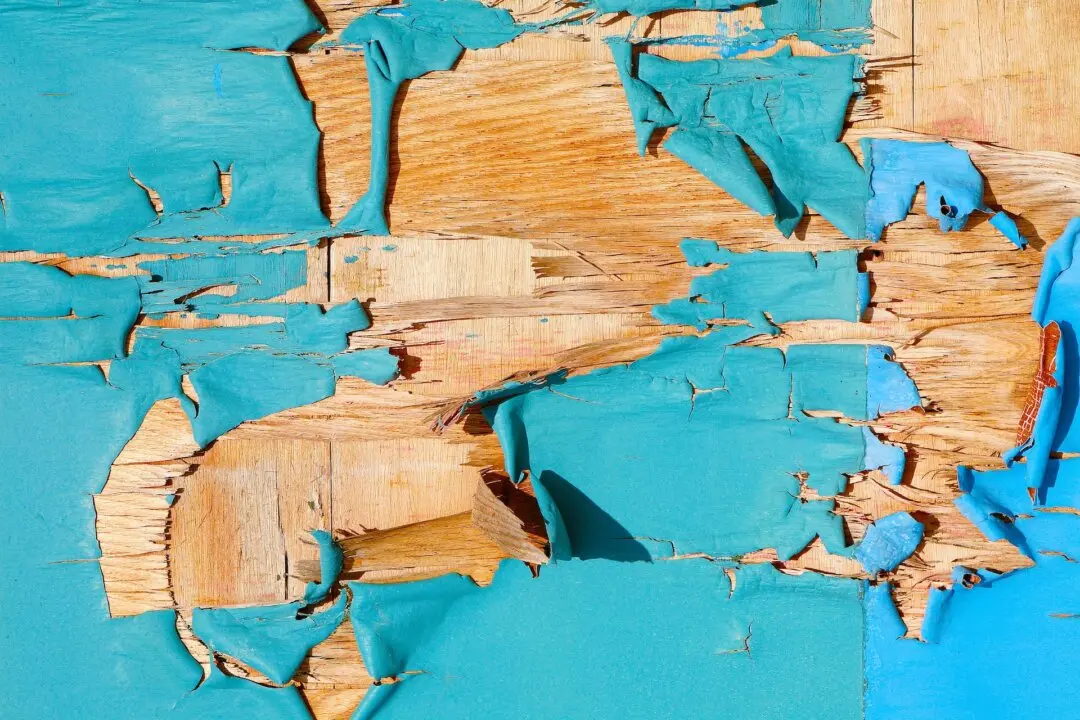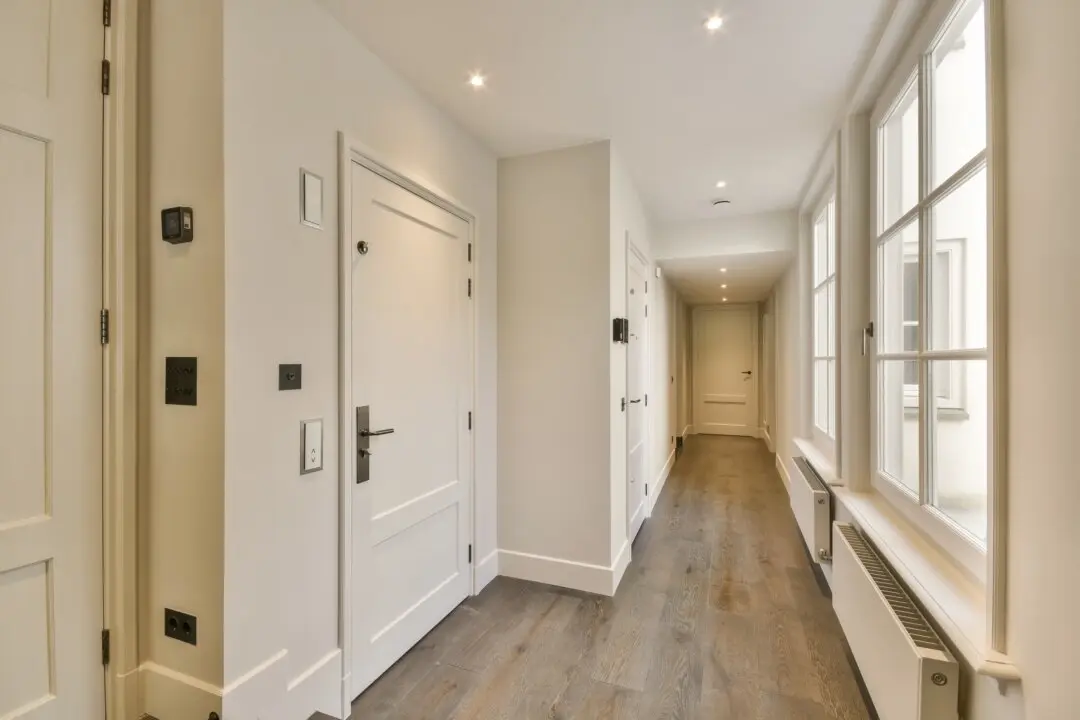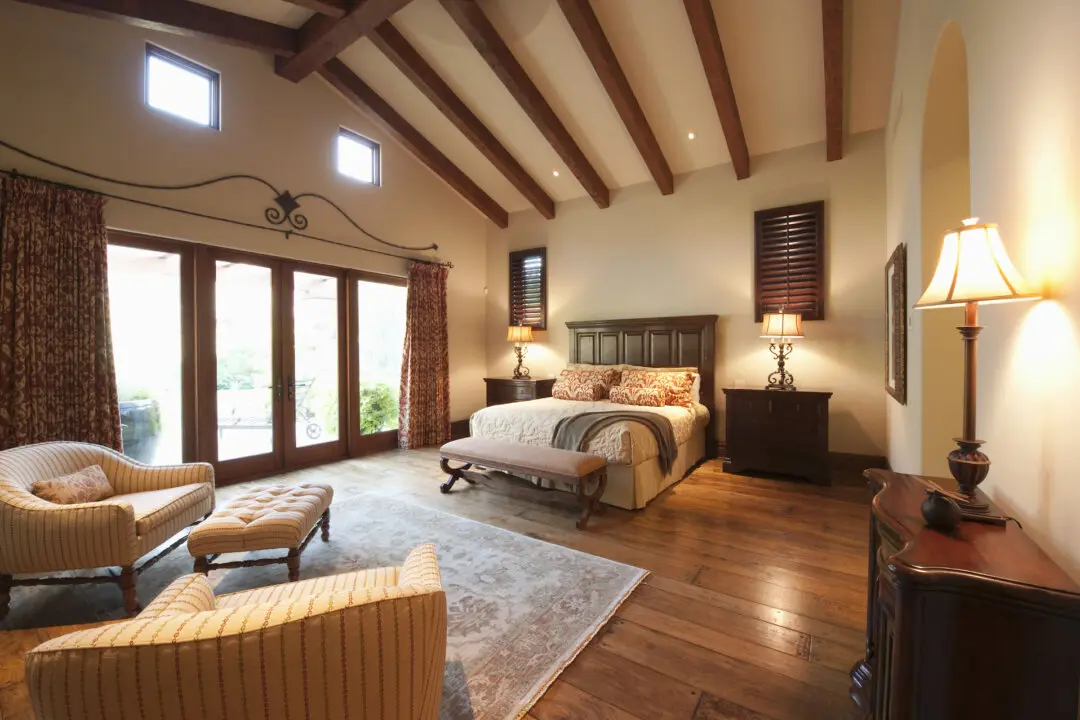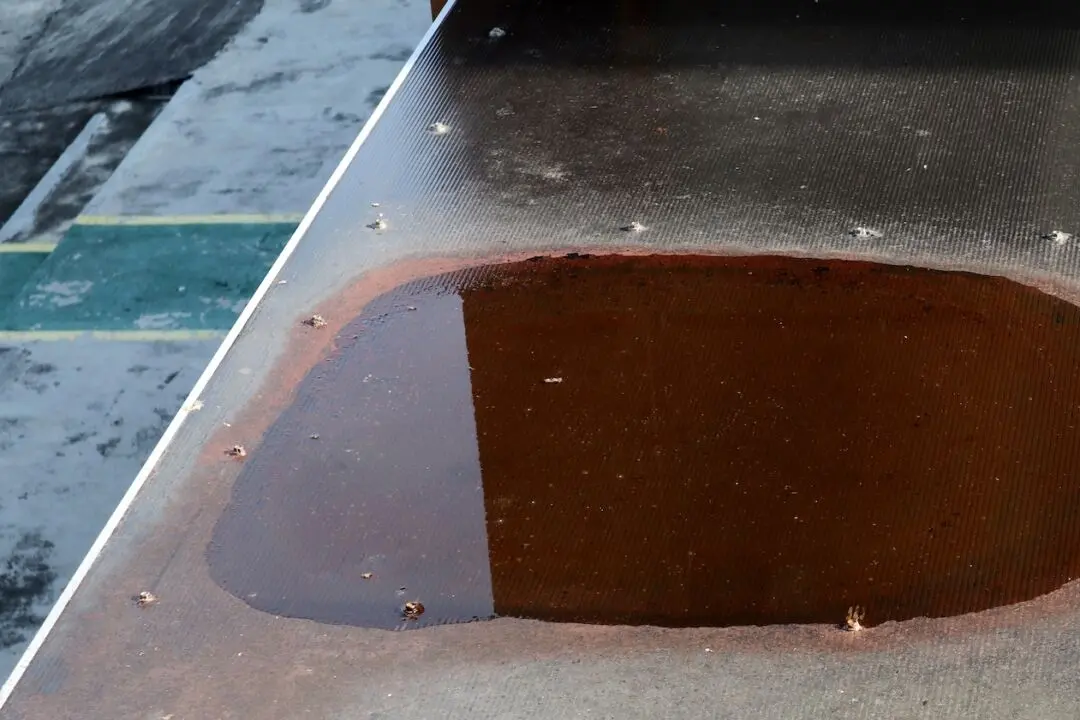Dear James: I am planning a new room addition to our home. I have heard a lot about serious rotting of the lumber in the walls. How can we be sure to avoid the moisture and frame rotting problems?—Beth R.
Dear Beth: Moisture damage can be a serious problem, but there are several methods to block the moisture to eliminate possible damage. When wood gets damp and stays damp, fungi attack the wood and cause the rotting. Slight dampness cannot be totally eliminated, but if it dries out in a reasonable period of time, the lumber will not be damaged.

